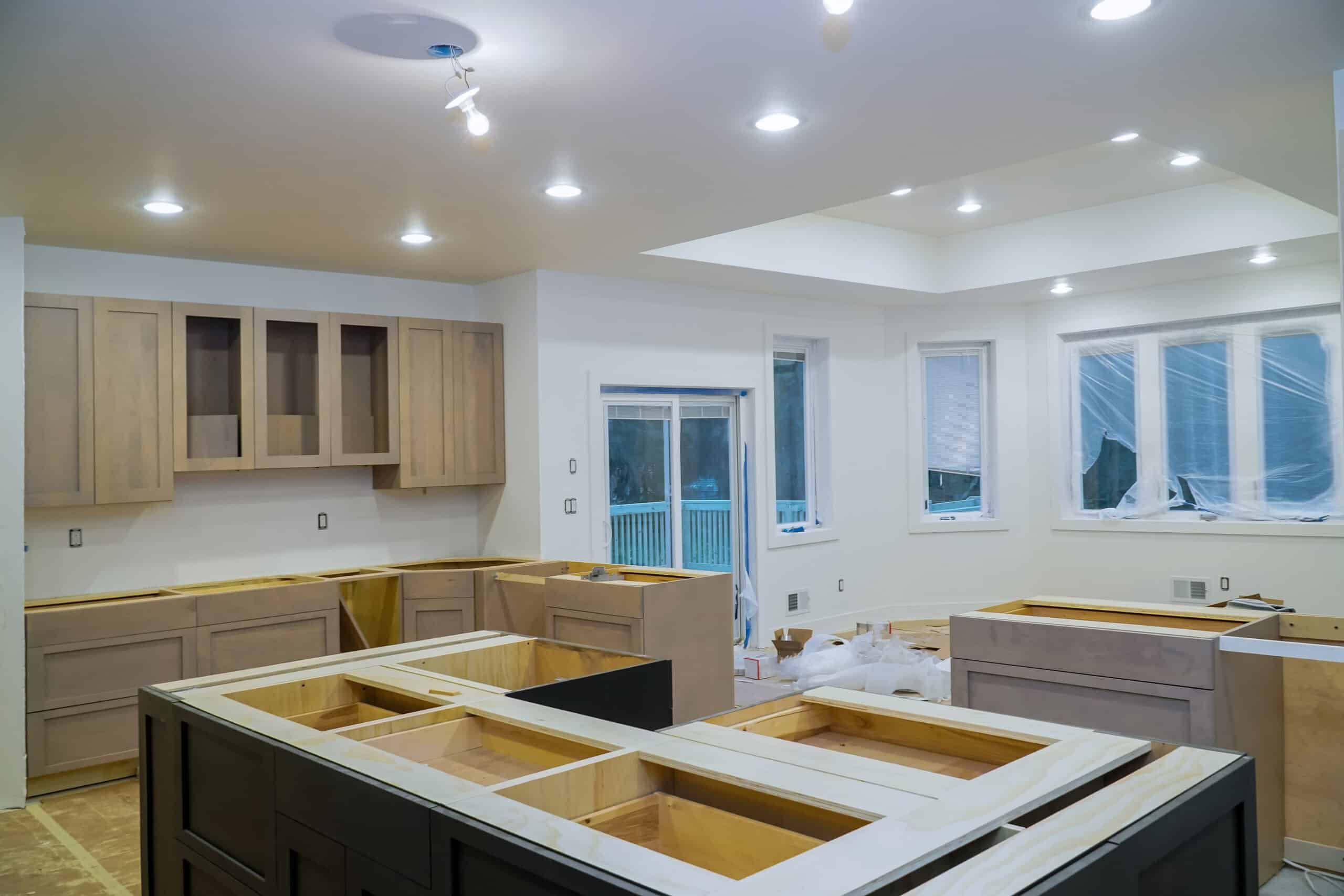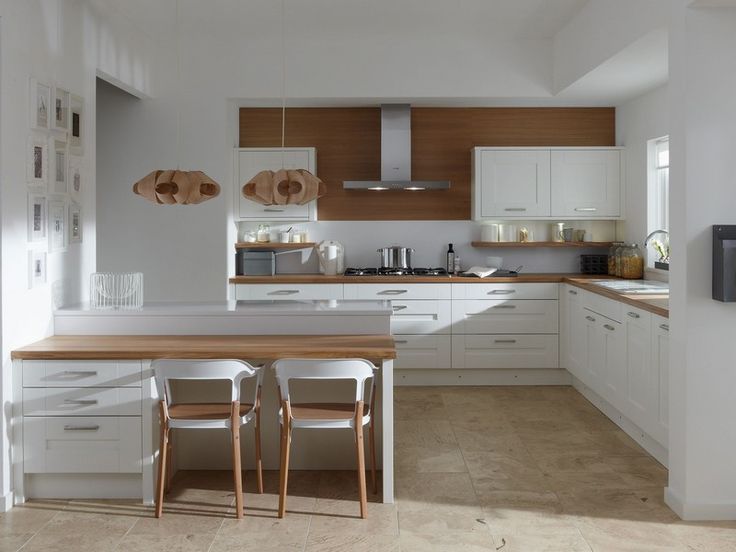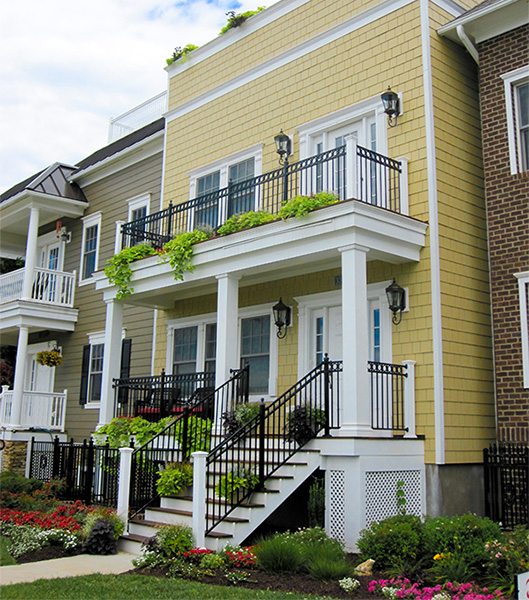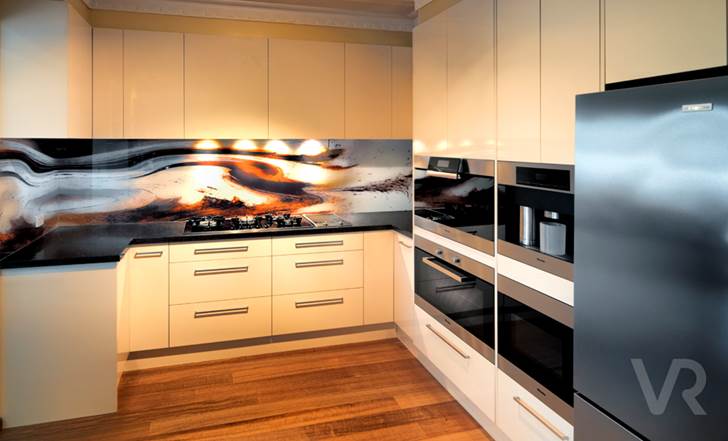What Comes First In Remodeling?
Remodeling is the process of improving or renovating a space to make it more aesthetically pleasing and functional. It is an important part of home ownership and can add value to your home. When it comes to remodeling, several steps must be taken to ensure a successful outcome. The first step in any remodeling project is to create a plan. This plan should include a budget, timeline, and list of desired outcomes. Once you have a plan in place, the next step is to decide on materials and designs. This includes selecting the right flooring, wall colors, cabinetry, fixtures, and any other necessary items. Finally, the work must be completed and the space must be put back together to complete the remodel. It’s important to remember that remodeling takes time and patience, but if done properly, it can be a rewarding experience.
Planning and Budgeting
With a remodeling project, planning and budgeting should always come first. Before you begin any remodeling project, you should create a plan and set a reasonable budget. A plan should include a detailed list of objectives and a timeline for the project. This will help you stay organized and on track. Additionally, budgeting is essential since it gives you a better understanding of the costs associated with the project and helps you stay on track. It is important to plan for unexpected expenses and be realistic about the cost of materials and labor. Make sure to include a contingency fund in your budget to cover any unexpected expenses. With a good plan and budget in place, you can start your remodeling project in the right direction.
Choosing a Contractor
When it comes to remodeling, choosing the right contractor is essential for a successful project. The contractor should be experienced in remodeling and knowledgeable about the latest building codes and regulations. It’s important to consider the contractor’s reputation and reviews from past clients before signing a contract. It’s also essential to check references, get multiple bids, and make sure they are properly licensed and insured. Additionally, it’s important to consider whether the contractor has the right team of subcontractors to do the job. It’s wise to meet with the contractor before deciding to ensure that they are a good fit and can deliver the results you desire. With the right contractor on board, the remodeling project can move forward and be completed efficiently and effectively.
Selecting Materials and Fixtures
Remodeling your home can seem overwhelming, but when you break down the process into smaller steps, it’s easier to tackle. One of the most important steps in remodeling is selecting the materials and fixtures you’ll be using. From flooring to fixtures, this step is essential in creating a cohesive look for your home.
When it comes to choosing materials and fixtures, there are several factors to consider. First, start with your budget. How much can you spend on the materials and fixtures? Are there any materials that need to be specially ordered or can they be found off the shelf? Create a plan that fits within your budget without sacrificing quality.
The next factor to consider is the style of your home. Do you want a modern, sleek look or a more traditional, classic look? Try to choose materials and fixtures that coordinate with your style. Natural materials like wood and stone are often used to create a warm and inviting atmosphere, while metals and glass can add a contemporary feel.
Demolition or Design
When it comes to remodeling, it can be difficult to know what comes first. Should you start with the demolition of existing fixtures and structures or begin with the design process? To make the right decision, you need to consider the scale and scope of the project.
If the remodeling project is a large-scale one, it may be best to begin with the design process as this will give you an idea of the layout and provide a roadmap for the work that needs to be done. However, if the project is smaller and simpler, you can start with the demolition as it will allow you to see the new possibilities of the space.
Once you have decided on your starting point, the rest of the remodeling process will follow. From the design, you can determine the materials and fixtures needed to create the desired look. You can then move on to demolition, followed by construction and finishing touches.
No matter what comes first in remodeling, it’s important to remember that each step is just as important as the last. Taking the time to ensure that the design is right, the demolition is done safely, and the construction is up to code will all be necessary to achieve the desired results. With the right approach, you can transform any space into something beautiful that you can be proud of.

Electrical and Plumbing
When it comes to remodeling, two of the most important aspects that you must consider are electrical and plumbing. Electrical and plumbing are the lifeblood of any home and must be installed correctly to ensure that the remodeling project is done properly and safely. It is essential to start with these two aspects before the rest of the work can begin.
When it comes to electrical, it is important to ensure that all wiring is up to code and that the work is done correctly. This is to ensure that your home is safe from potential electrical hazards. It is also important to check that the wiring is done correctly and that there are no loose connections that could cause a fire.
When it comes to plumbing, it is important to make sure that the pipes that are used are the right size and that all connections are tight. This will ensure that there are no leaks and that the water pressure is correct. It is also important to check that the sewer lines are in good condition and that they are free from blockages.
Flooring and Insulation
When it comes to remodeling, many homeowners are unsure of where to start. While individual preferences will vary, two of the most important components of any remodeling project are flooring and insulation. Investing in quality flooring and insulation can make a huge difference in the look and feel of a home, especially when it comes to energy efficiency.
Flooring can serve both aesthetic and practical purposes. Hardwood, tile, and laminate flooring are all popular options that come in a variety of styles and colors. Not only do they add beauty and value to your home, but they can also increase its energy efficiency when installed properly. Additionally, quality flooring is durable and can last for years with proper maintenance.
Insulation is also a key part of remodeling. It helps keep your home warm in the winter and cool in the summer and can make a significant difference in energy costs. Insulation comes in several varieties, including fiberglass, cellulose, and foam. Depending on the climate and area where you live, some types may be more suitable than others.
FAQs About the What Comes First In Remodeling?
Q1: What are the steps involved in remodeling?
A1: Generally, remodeling involves the following steps: planning, budgeting, design, demolition, construction, and completion.
Q2: Is it necessary to hire a contractor for a remodeling project?
A2: It depends on the scope of the project. If the project is expansive and requires specialized skills, it is recommended to hire a contractor.
Q3: How long does a remodeling project usually take?
A3: The timeline for a remodeling project can vary depending on the scope of work and the budget. On average, a remodeling project can take anywhere from eight weeks to over a year.
Conclusion
Remodeling can be a big undertaking, and it is important to plan to determine what comes first. The initial steps involve determining the scope of the project, setting a budget, and researching and selecting materials. Once the project is planned, it is important to purchase the necessary materials and hire the appropriate workers. After the materials and personnel are in place, the actual remodeling process can begin. The order of the steps may vary depending on the project, but with careful planning and consideration, any remodeling project can be successful.






